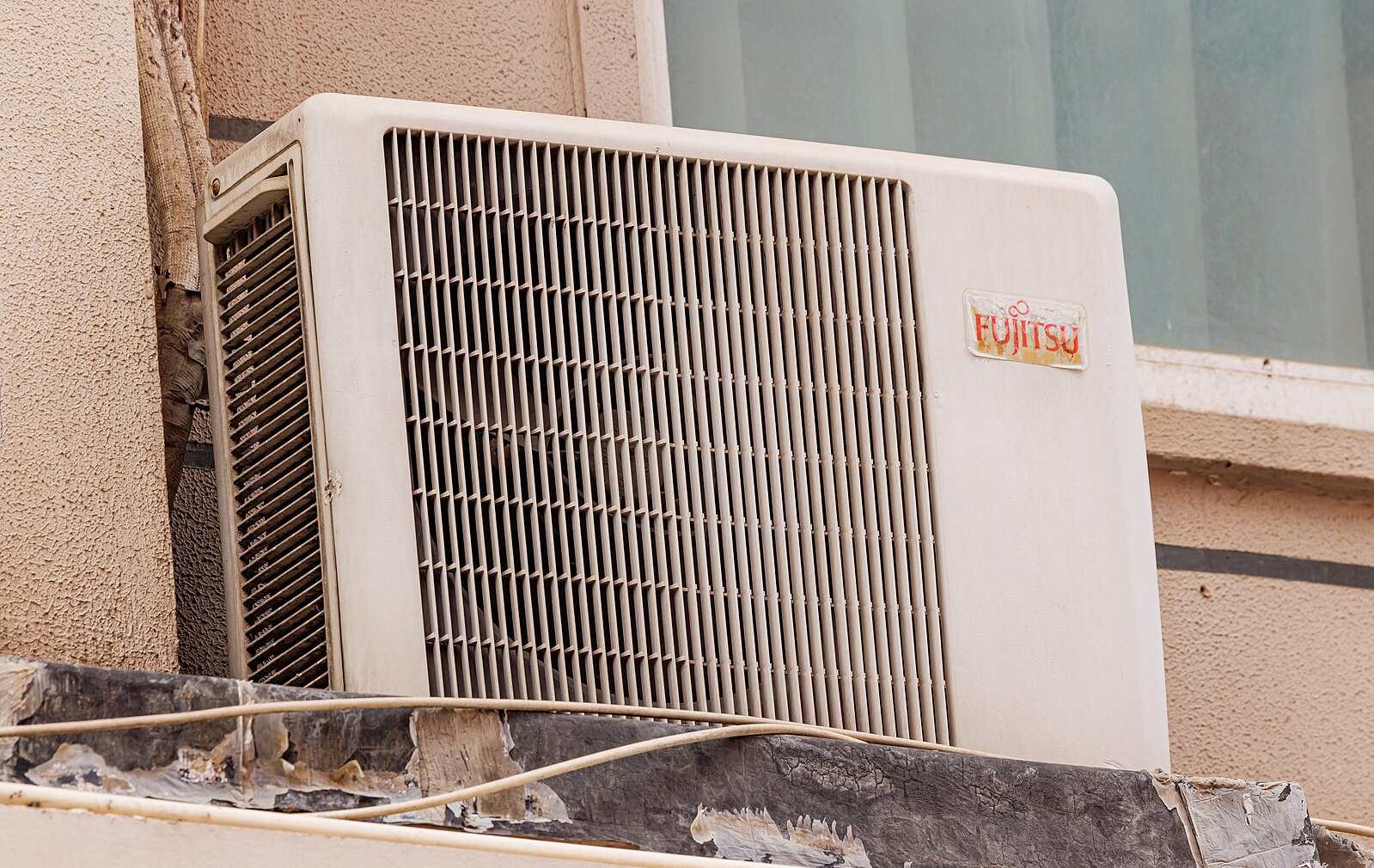Fujitsu DRY Mode is a unique feature found in Fujitsu air conditioners that allows for gentle cooling while simultaneously dehumidifying a room. This mode operates at a low speed and intelligently adjusts the room’s humidity by periodically stopping the fan or running it at an extremely low speed. When DRY mode is selected, the fan speed cannot be manually adjusted, as the system is designed to optimize the dehumidification process.
Understanding Fujitsu DRY Mode
Fujitsu DRY Mode is not a traditional dehumidifier mode, as it cannot lower humidity without also providing cooling. Instead, this mode is intended to gently dry the air while maintaining a comfortable temperature. It is particularly useful in humid environments, where excess moisture can be a concern.
One key aspect of Fujitsu DRY Mode is that it operates at a low speed, which helps to minimize the noise level and provide a more soothing cooling experience. The system achieves dehumidification by periodically stopping the fan or running it at an extremely low speed, allowing the air conditioner’s internal components to effectively remove moisture from the air.
Limitations of Fujitsu DRY Mode
 Image source: Fujitsu AC by Raysonho
Image source: Fujitsu AC by Raysonho
While Fujitsu DRY Mode is a valuable feature, it does have some limitations. Firstly, it cannot be used to heat a room, as its primary function is cooling and dehumidification. Additionally, this mode may not be as effective in areas with low cooling loads, such as basements or other spaces with a natural room temperature of 70 degrees Fahrenheit or less.
In these low-load environments, the Fujitsu DRY Mode may struggle to effectively dehumidify the air, as the system relies on the cooling process to remove moisture. In such cases, a dedicated dehumidifier may be a more suitable solution.
Fujitsu DRY Mode vs. Dehumidify Mode
It’s important to note that Fujitsu DRY Mode is not the same as a dehumidify mode. While DRY Mode can help reduce humidity, it does so by adjusting the fan speed and cooling output, rather than using a dedicated dehumidification process.
In contrast, a dehumidify mode would typically operate the air conditioner’s compressor and fan at a higher capacity to actively remove moisture from the air, without necessarily providing significant cooling. This distinction is crucial to understand when selecting the appropriate mode for your specific needs.
Coil Dry Operation
Fujitsu air conditioners also feature a “Coil Dry” operation, which is designed to dry the internal workings of the unit, particularly in humid environments. This feature can be activated by pressing the “COIL DRY” button on the remote control unit.
The Coil Dry operation will run for 30 minutes after the button is pressed and then automatically stop. This helps to prevent the buildup of mold and mildew within the air conditioner, ensuring optimal performance and longevity of the unit.
Practical Applications of Fujitsu DRY Mode
Fujitsu DRY Mode is particularly useful in the following scenarios:
-
Humid Environments: In regions with high humidity, Fujitsu DRY Mode can help to remove excess moisture from the air while providing gentle cooling, creating a more comfortable living or working environment.
-
Sensitive Spaces: Certain spaces, such as computer rooms, art galleries, or medical facilities, may require precise humidity control. Fujitsu DRY Mode can help maintain the optimal humidity levels in these sensitive environments.
-
Energy-Efficient Cooling: By operating at a low speed and adjusting the fan as needed, Fujitsu DRY Mode can be a more energy-efficient cooling solution compared to traditional air conditioning modes, particularly in mild weather conditions.
-
Quiet Operation: The low-speed operation of Fujitsu DRY Mode results in a quieter cooling experience, making it suitable for bedrooms, home offices, or other spaces where noise levels are a concern.
Conclusion
Fujitsu DRY Mode is a unique and versatile feature found in Fujitsu air conditioners that allows for gentle cooling and dehumidification. By understanding its capabilities, limitations, and practical applications, users can effectively leverage this mode to create a more comfortable and energy-efficient indoor environment, particularly in humid conditions.
